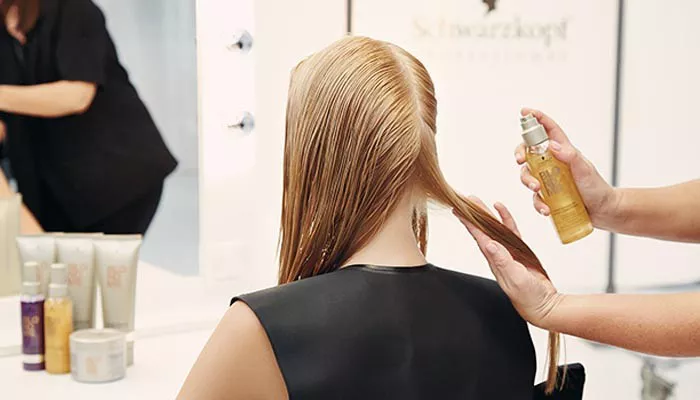Welcoming a new life into the world is a joyous occasion filled with various traditions and customs. One such tradition that has been practiced across cultures is the ceremonial cutting of a baby’s first hair. However, as society evolves and scientific knowledge advances, the necessity of this age-old practice is now being questioned. In this article, we explore the significance of cutting a baby’s first hair, considering both cultural perspectives and scientific insights.
Cultural Significance:
The tradition of cutting a baby’s first hair is deeply rooted in cultural and familial customs. Many cultures around the world have rituals associated with a child’s first haircut, often viewed as a symbolic transition from infancy to early childhood. This ceremonial act is not merely a mundane grooming task; it holds profound cultural and spiritual meaning.
In certain cultures, the first haircut, also known as the “mundan” or “mundan sanskar,” is a rite of passage and is believed to bring good fortune and blessings to the child. Families gather to celebrate this milestone, and the cut hair is sometimes offered to deities or buried as a symbol of letting go of the baby’s past and embracing a new phase of life.
Symbolism and Family Bonding:
Beyond the religious and cultural aspects, the first haircut is often seen as an opportunity for family bonding. It’s a momentous occasion where parents, grandparents, and other family members come together to participate in the ritual. The act of cutting the baby’s hair becomes a shared experience that strengthens family ties and creates lasting memories.
The symbolism attached to the first haircut varies across cultures, with some viewing it as a way to protect the child from negative energies or as a means of promoting good health and well-being. Understanding the cultural significance of this practice is crucial in appreciating its role in family and community traditions.
Scientific Perspective:
While cultural traditions hold immense value, it’s essential to consider the practice of cutting a baby’s first hair from a scientific standpoint. Biologically, a baby’s hair at birth is often fine, soft, and in some cases, sparse. As the child grows, the texture and density of the hair may change naturally, influenced by genetic factors and environmental conditions.
Scientifically, there is no evidence to suggest that cutting a baby’s first hair has any impact on the child’s physical development or health. Hair growth is primarily determined by genetics and hormones, and the act of cutting hair does not alter these underlying factors. The idea that cutting a baby’s hair will result in thicker or healthier growth is a myth without scientific basis.
Personal Choice and Parental Preferences:
In modern times, parents are increasingly making decisions based on personal beliefs and preferences. Some may choose to adhere to cultural traditions and partake in the ritual of the first haircut as a meaningful family event. Others may opt not to follow this tradition, embracing a more contemporary approach that allows the child’s hair to grow naturally.
It’s important for parents to feel empowered to make choices that align with their values and beliefs. Whether choosing to engage in cultural practices or deviate from them, the emphasis should be on creating an environment that fosters love, acceptance, and positive experiences for the child.
Celebrating Milestones in Alternative Ways:
For parents who choose not to cut their baby’s first hair, alternative ways of celebrating milestones can be explored. Creating personalized rituals that align with the family’s values and beliefs can be just as significant. This could include capturing special moments through photographs, creating a keepsake box, or organizing a symbolic ceremony that resonates with the family’s unique identity.
As society evolves, there is a growing acknowledgment of diverse perspectives and practices. The emphasis is shifting towards fostering inclusivity and respecting individual choices within the context of cultural traditions.
See Also: Sleeping with Wavy Hair: The Ultimate Guide
Conclusion: Balancing Tradition and Modern Perspectives:
In the debate over whether it is necessary to cut a baby’s first hair, the answer lies in the delicate balance between cultural traditions and modern perspectives. The significance of this age-old practice is deeply rooted in cultural and familial customs, and for many, it remains a cherished tradition.
However, as society evolves, there is room for flexibility and a recognition of diverse beliefs. Parents are encouraged to make informed choices that align with their values and preferences, creating a nurturing environment for their child’s growth and development. Ultimately, whether it’s through the ceremonial first haircut or alternative celebrations, the emphasis should be on creating meaningful and positive experiences for both the child and the family.


